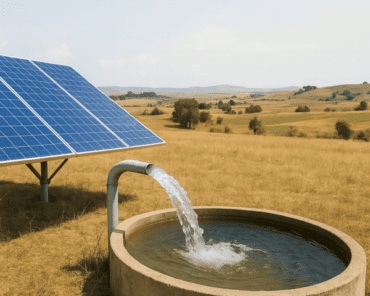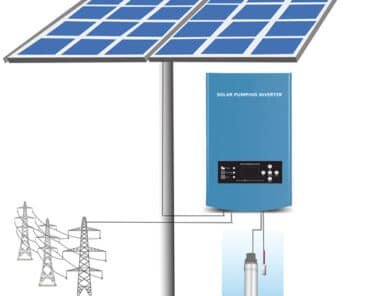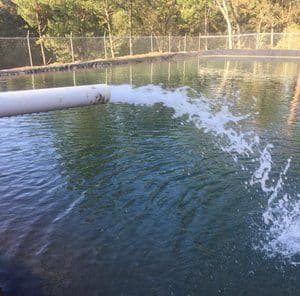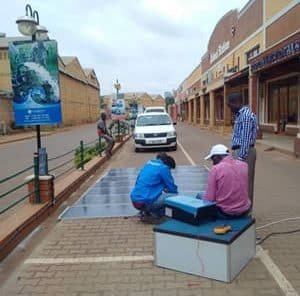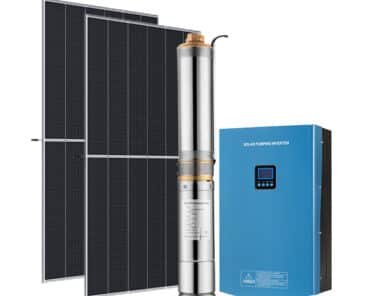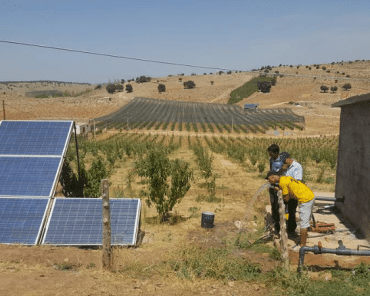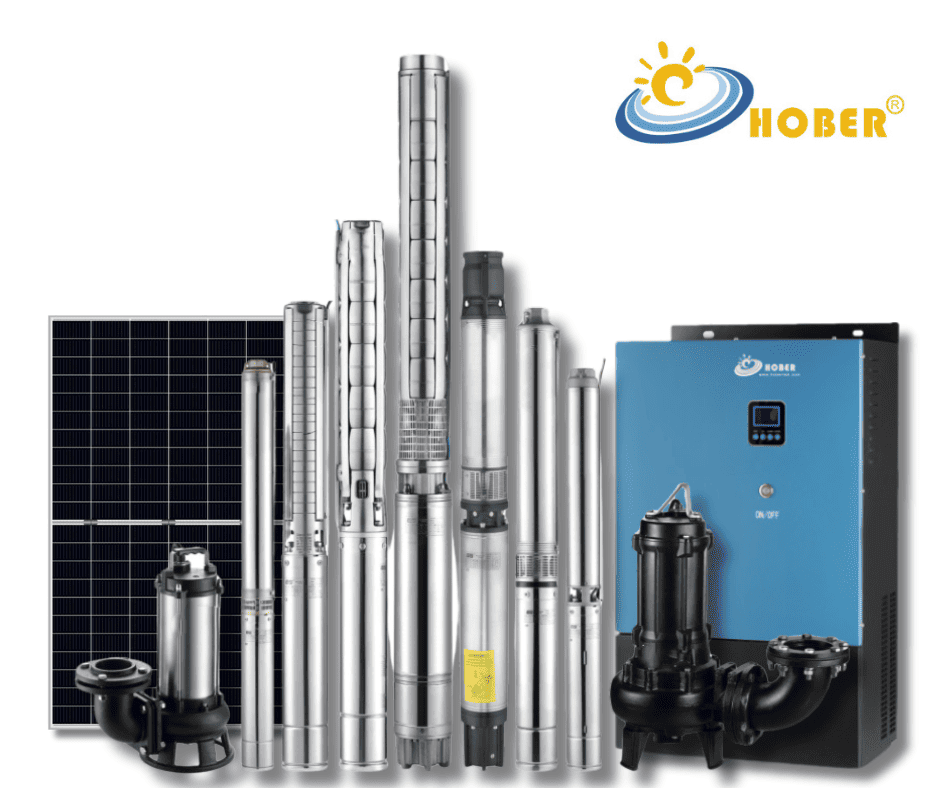As the technical lead at HOBER, I’ve spent years unraveling the complexities of pump installations across diverse landscapes. A fundamental aspect of this is understanding how to calculate the solar pump head, especially when dealing with different terrain types. Today, I’m here to share insights on two specific scenarios: pumping over a flat, horizontal distance and navigating sloped terrains.
Solar Pump System Design for Horizontal Terrains
In the world of hydraulic engineering, a standard reference point is the relationship between a 100-meter horizontal distance and a 3.3-meter vertical lift. This rule of thumb is vital when designing pump systems for flat terrains. It’s a reflection of the energy required to overcome friction in horizontal pipes, equated to the energy needed for vertical water lifting.
Let’s delve deeper. When we talk about flat, horizontal distances, we’re primarily concerned with friction loss within the pipes. This loss, though it may seem minimal, accumulates over distances and significantly impacts pump efficiency. In simple terms, pumping water over 100 meters horizontally, in a frictionally consistent system, is roughly equivalent to lifting that same water 3.3 meters vertically. This calculation is crucial for ensuring that your pump has the capacity to handle the desired flow rate over the required distance.
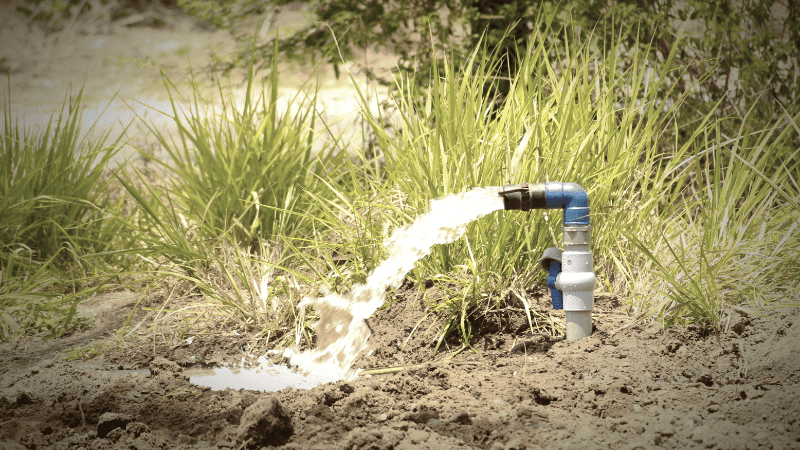
Now, What About Solar Pump System for Sloped Terrains?
Sloped terrains introduce a new variable: the angle of incline or decline. The most common method to calculate slope in hydraulic engineering is by using the percentage difference between two points’ elevations relative to their horizontal distance. The formula is simple: Slope = (Elevation Difference / Horizontal Distance) x 100%.
To put this into perspective, a 3% slope means that for every 100 meters you move horizontally, there’s a vertical change of 3 meters. Similarly, a 1% slope indicates a 1-meter vertical change over the same distance. Understanding these percentages is crucial for accurate pump head calculation in sloped environments.

Applying Slope Calculations to Pump Head
Let’s tackle an extreme example: a slope of 1:0.25. This translates to a steep incline, where for every 100 meters horizontally, there’s a vertical rise or fall of 400 meters. In practical terms, this means that the pump not only needs to overcome the friction loss inherent in horizontal pumping but also must have the capacity to handle this significant vertical change. This kind of scenario is less common but highlights the importance of understanding and applying slope calculations in pump system design.
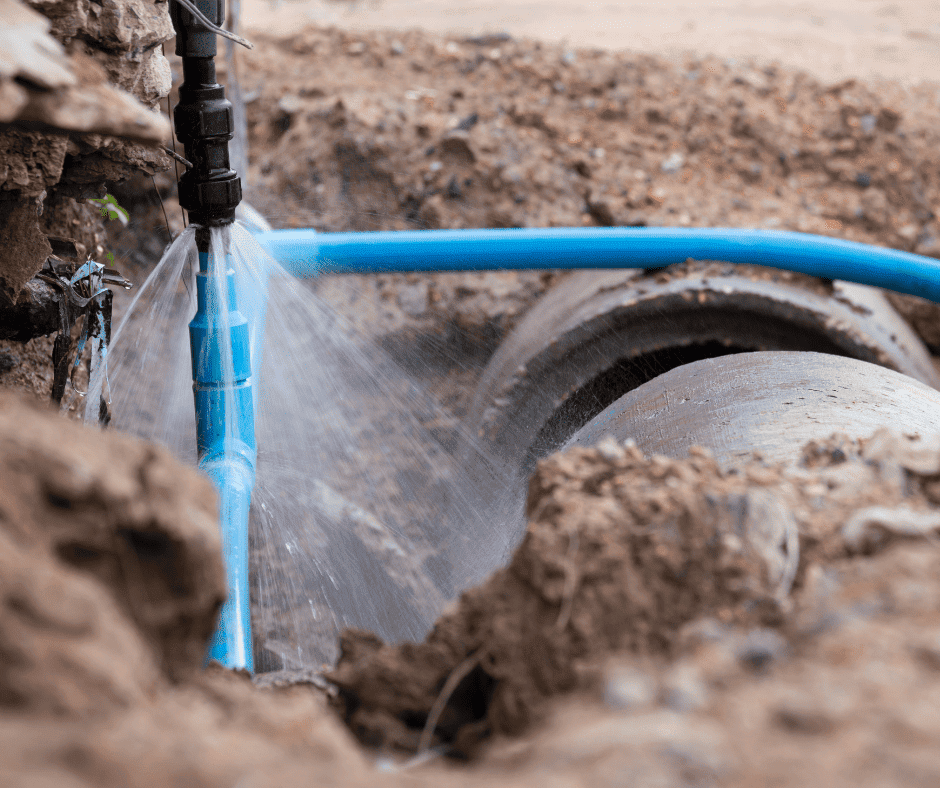
Why Does This Matter?
In both flat and sloped terrains, calculating the pump head accurately is crucial for system efficiency. An underpowered pump could lead to inadequate water flow, while an overpowered pump could be unnecessarily costly and energy-intensive. By applying these principles, we ensure that each installation is tailored to its specific environmental needs, ensuring both efficiency and reliability.
In conclusion, whether you’re dealing with a flat, horizontal stretch or a challenging sloped terrain, understanding how to convert these distances into equivalent vertical lifts is key to designing effective and efficient pump systems. In the diverse world of hydraulic engineering, it’s this blend of theory and practical application that leads to successful installations.
[END]

